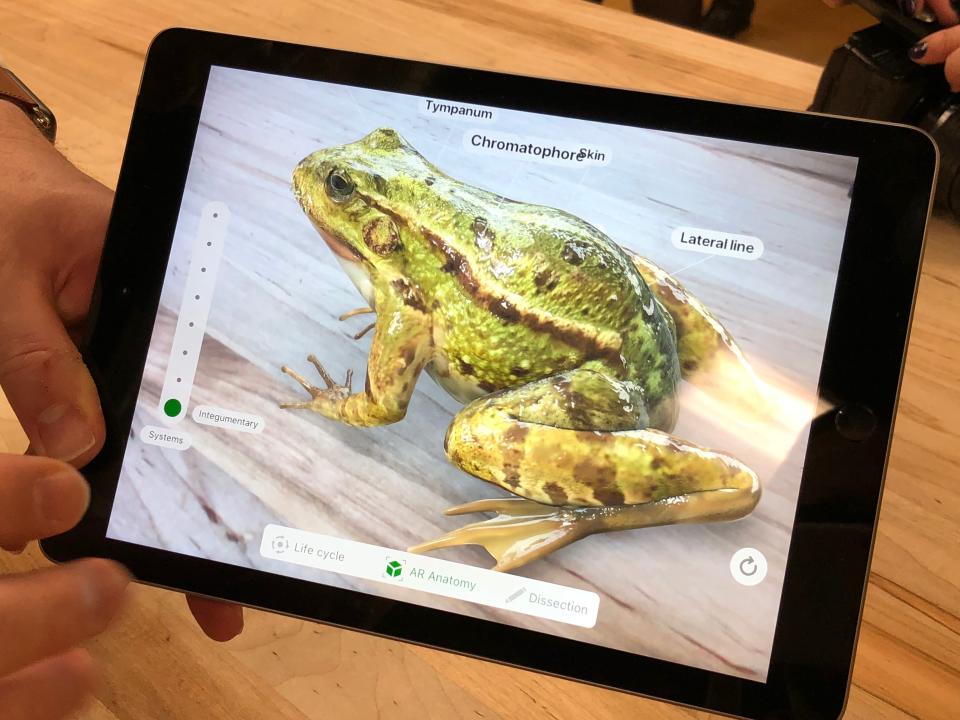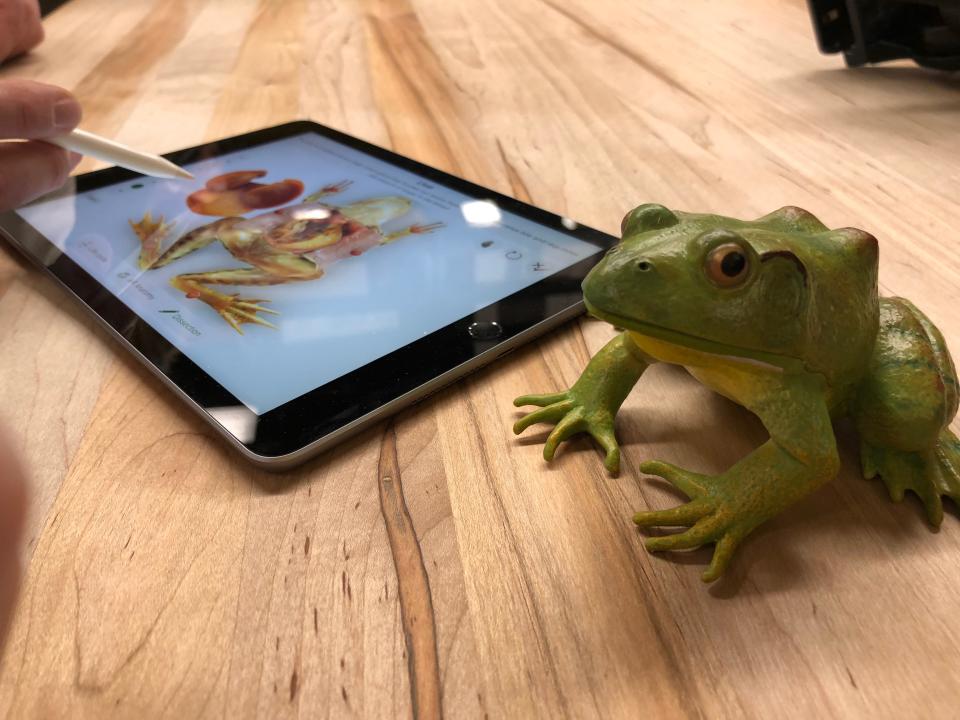How Apple aims to win its share of the $17.7 billion education market

Apple’s (AAPL) hardware and software have been a part of the education technology industry for 40 years. The first computer I personally used was a Macintosh in my school’s computer lab. But in recent years, the company has seen its market share in the $17.7 billion sector tumble due to the emergence of Google’s (GOOG, GOOGL) low-cost Chromebooks.
Powered by Google’s Chrome OS and built by companies such as Acer, Dell, HP and Toshiba, Chromebooks now make up 60% of the education tech market. Apple’s iOS and macOS, meanwhile, make up just 17%.
But the iPhone maker isn’t content to lose out on a payday that could be worth as much as $40.9 billion by 2022. To that end Apple released its newest iPad with a beefed up processor and Apple Pencil compatibility aimed directly at the education market. Of course, the slate isn’t just for students and schools, any consumer can buy one like every other iPad.
And at $329, or $299 for students, the new iPad isn’t any cheaper than last year’s model. Where Apple believes it can make a difference, though, is in the software it offers students and teachers, alike.
The company’s Classroom software allows teachers to control their students’ iPads, locking them into specific apps and muting their speakers remotely, while Swift Playground helps kids learn how to code using Apple’s Swift programming language.
Augmented reality is key
Apple’s 1 million iPad apps include a vast array for students, as well, which is an enormous advantage for the company. But where the tech giant can truly set itself apart from Google Chromebooks is by using augmented reality to help teach students about everything from gravity to the internal workings of living creatures.
I got a chance to check out Apple’s new AR software in action during the company’s iPad event at Lane Tech College Prep High School in Chicago, and genuinely wish I had similar technologies available when I was in school.

During one demo at the event, an Apple employee showed how science teachers can use AR to see the layers of a frog’s anatomy as if they were being pulled back in real time all the way from the skin down through the muscle and bones and to the circulatory system.
Adding to the experience was the fact that I could move the iPad closer to the virtual frog to get a closer look at individual organs like its heart to get a more detailed view of how they function.
I then watched as the Apple specialist switched to a virtual table where he dissected a different frog in real-time without having to slice up an actual amphibian. The app was so accurate that when the specialist cut into the frog too hard using the Apple Pencil as a virtual scalpel, he received a warning indicating that he may have damaged the subject’s underlying organs.
In a normal situation, if a student cut too deep into a frog, they’d end up working with a damaged frog, or have to get a new one. But with the iPad, the specialist simply reloaded the app and the frog was back to normal.
During my time at the Chicago event, Apple also showed off how teachers can use the iPad and the company’s Everyone Can Create software to provide students with unique learning experiences and exercises they won’t be able to find on non-Apple devices.

A lesson on Fibonacci sequences can become more interactive by letting kids create their own movies using Fibonacci poems and iOS’s Clips app. It’s a slick use of technology to help ensure learning new concepts doesn’t feel stale or overwhelming.
Of course, it’s important to note that Apple isn’t simply doing this work out of the goodness of the company’s heart. It stands to gain an enormous amount of revenue from the education technology market. It also makes sense that Apple would want to attract students. After all, by making them familiar with Apple products now, the company has a better chance of turning them into consumers in the future.
Will Apple’s gambit pay off? We’ll have to wait to find out.
More from Dan:
Facebook CEO Mark Zuckerberg breaks his silence about data leak
Facebook users don’t care about its myriad scandals
Email Daniel Howley at [email protected]; follow him on Twitter at @DanielHowley.Follow Yahoo Finance on Facebook, Twitter, Instagram, and LinkedIn
